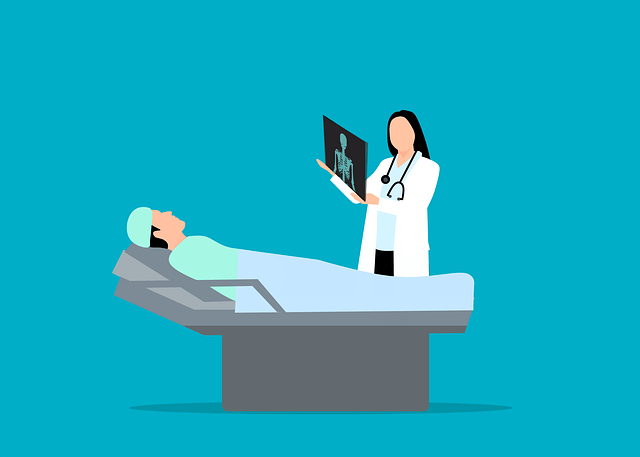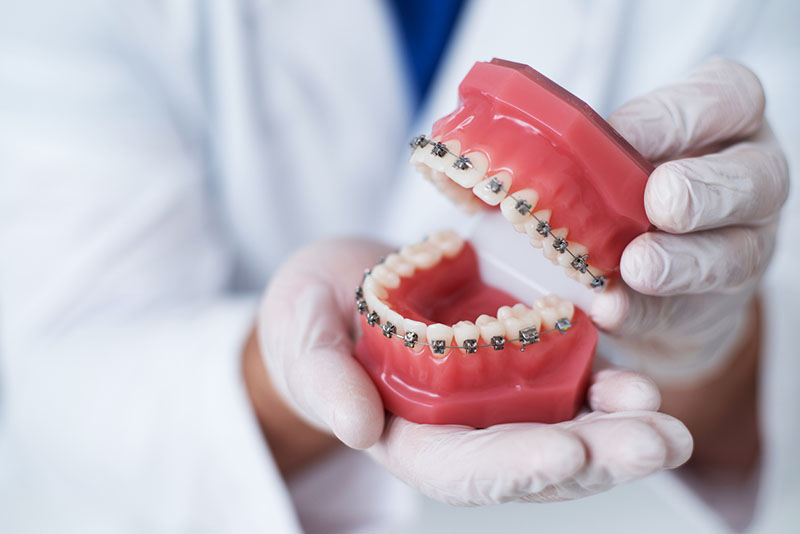A good-quality X-ray is crucial for medical diagnostics. Medical professionals rely on these machines to deliver precise images that aid them in diagnosing numerous ailments and illnesses. High-quality imaging systems guarantee that the provider has the information to make the best healthcare decisions, whether assessing a fracture or identifying pneumonia.
Accurate Diagnosis
Accurate diagnosis is the key to proper treatment. Physicians can only diagnose and identify an issue, such as even the smallest broken bone, when they have access to sound, clear, and sharp images, which good and reliable X-ray machines produce. Whether evaluating a fracture or detecting pneumonia, high-quality imaging systems ensure the provider receives the necessary information to make the right healthcare decisions. Diagnostic centers often invest in high-quality X-ray machines to maintain imaging standards.
Patient Safety
Other medical environments also prioritize safety. Good X-ray machines are reliable and emit less radiation, which is beneficial because this can save both patients and technicians. Modern machines reduce the radiation to the lowest possible level with every effort to extract a clear image from the machine. Striking this balance is essential to delivering safe diagnostic tests.
Efficiency in Healthcare
Immediate and precise diagnostics are crucial for rapid healthcare delivery. A good-quality X-ray machine requires fewer repetitions, thus saving time and resources. This efficiency streamlines patient care, eliminating the need for medical personnel to retake unclear images. Patients enjoy quicker diagnoses and faster treatment plans.
Cost-Effectiveness
Purchasing a quality X-ray machine may initially seem expensive, but it is worth it in the long run. Higher-quality machines reduce maintenance costs and time lost. Frequent repairs could affect healthcare facilities’ resource utilization. Moreover, the new technology will reduce the need for repeat scans, which means lower overall cost for providers and patients.
Technological Advancements
Technological improvements are always advantageous to the medical field. Modern X-ray machines utilize the latest digital imaging technologies, generating more detailed images in a significantly shorter time. These advances improve diagnostic capabilities, enabling early detection of conditions. Technology increasingly enhances asset utilization, but we cannot overlook the importance of dependable equipment in leveraging these improvements.
Training and Expertise
Good X-ray equipment aids the practical training of health workers. Clear pictures assist in the education of radiologists and technicians to refine their capabilities. Practitioners learn the expertise for image interpretation and thus contribute to overall patient care with modern tools.
Impact on Patient Experience
In healthcare, a positive patient experience is vital. The X-ray machine helps eliminate anxiety and uncertainty in the patient’s mind, as accurate, timely diagnosis is possible with a functioning, reliable unit. Patients become more adherent to treatment plans when they believe the diagnostic process was sound, elevating overall outcomes.
Supporting Emergency Care
In emergencies, every moment is crucial! However, quality X-ray machines offer rapid and precise imaging for timely emergency decision-making. Reliable equipment is paramount for providing emergency care, whether evaluating trauma or diagnosing acute conditions. Being inside improves patient survival and recovery rates.
Adaptability to Different Needs
Reliable X-ray machines, suitable for both types of examination, are essential for healthcare facilities catering to various diagnostic needs. These reliable machines serve different purposes, such as dental checks and full-body scans, and they help cater to all patients’ needs.
Environmental Considerations
The role of sustainability is growing in importance in healthcare. Modern X-ray machines consider environmental impact, and models that save significant energy lead to minimal carbon footprints. Every healthcare practitioner should consider sustainability, as it has become a key focus of medicine worldwide.
Conclusion
Good X-ray machines are among the most essential tools required in diagnosing patients. Accuracy, speedier processing, safety, and cost-effectiveness are crucial factors. Correctly working machinery provides optimal patient care and enables physicians to deliver the best. However, as technology develops, consistent X-ray equipment will play an essential part in the next wave of diagnostics.



